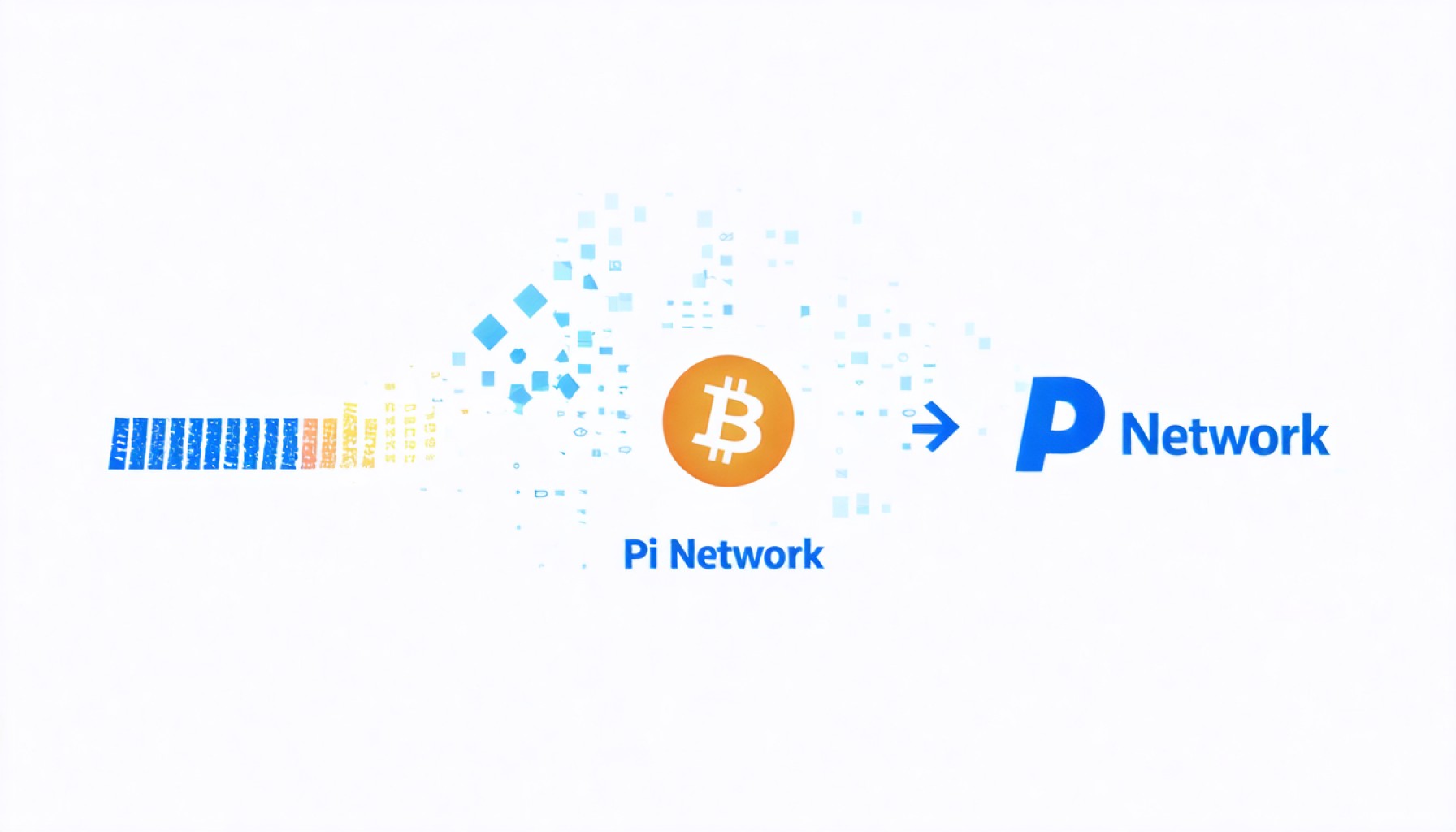- The Pi Network integrated with Telegram’s vast ecosystem, aiming to boost adoption via the messaging app’s billion-plus user reach.
- Despite the strategic move, the PI token saw only a brief 0.97% increase, followed by a sharp 61% fall in value.
- Technical indicators remain negative, with dim forecasts suppressing investor enthusiasm.
- Industry figures criticized the project, with Bybit’s Ben Zhou labeling it a scam and refusing to list the token.
- Critics denounced Pi Network as a deceptive endeavor, intensifying doubts about its legitimacy.
- Pi Network’s leadership defended their business model, but skepticism persisted amid a credibility crisis.
- The narrative highlights the necessity for investor diligence and genuine trust in the crypto market’s volatile environment.
A strategic alliance poised to transform the landscape unfolded when Pi Network announced its integration with Telegram’s massive ecosystem. With the messaging app’s expansive reach of over a billion users, the expectation for Pi’s adoption skyrocketed. A highly anticipated surge seemed imminent, yet the harsh realities of the crypto market told a different tale.
What appeared as a golden opportunity for Pi Network to garner unprecedented visibility quickly turned into a paradox. Despite Telegram’s vast audience, the PI token nudged upward by a mere 0.97% post-announcement. This lukewarm response was short-lived; in the following days, the token’s value plummeted over 61%, leaving the community questioning the validity of the much-hyped integration.
As technical indicators cast a gloomy forecast—BBTrend persistently negative and the Relative Strength Index wallowing around 40.45—investor enthusiasm dwindled. This dissonance between strategic announcements and market performance underscores a sobering crypto reality: visibility alone doesn’t equate to success without investor confidence.
Amid this turbulence, Pi Network found itself mired in a credibility crisis. Industry voices rang loud, casting doubt on the project’s integrity. Ben Zhou of Bybit openly dismissed the token as a scam, refusing to list it on his exchange. Critics like Justin Bons labeled the project a deceptive mobile mining gimmick, tarnishing its image further. Such direct denouncements from influential figures echoed through the crypto community, amplifying skepticism about the network’s legitimacy.
Under public scrutiny, the Pi Network leadership sought to clarify and defend their business model, emphasizing their referral program’s simplicity and transparency. However, these attempts did little to stanch the bleeding skepticism or restore confidence. The harsh critique and persistent doubts about the project’s fundamental structure overshadowed the potential benefits of its Telegram integration.
Ultimately, the Pi Network saga is a poignant reminder of the crypto world’s rigorous demands. High-profile collaborations may momentarily capture attention, but only genuine trust and proven utility secure enduring success. For investors, the lesson is clear: due diligence and a healthy dose of skepticism remain paramount in navigating the ever-evolving crypto landscape.
Create a Lasting Impact in Crypto: Lessons from the Pi Network and Telegram Saga
Overview
The collaboration between Pi Network and Telegram was initially viewed as a groundbreaking move, poised to bring significant traction to the PI token due to Telegram’s impressive reach of over one billion users. However, the anticipated surge in visibility and investment did not materialize as expected, reflecting important lessons about the intricate dynamics of the cryptocurrency market.
Additional Insights and Market Trends
1. The Crypto Market Reality: The cryptocurrency industry often sees projects capitalize on collaborations with notable platforms like Telegram to boost visibility. However, as the Pi Network experience demonstrates, visibility doesn’t automatically translate to increased valuation or investor confidence. The reality underscores the necessity for projects to demonstrate real utility and instill investor trust.
2. Technical Analysis: The bearish technical indicators, such as a negative BBTrend and a Relative Strength Index hovering around 40.45, indicated oversold conditions but also displayed the community’s skepticism and lack of confidence in the token’s future value.
3. Reputation and Credibility: Industry leaders like Ben Zhou and Justin Bons voiced strong criticisms, categorizing the network as a scam or a gimmick. This highlights the significant role credibility plays in the crypto industry. Once trust is eroded, even strategic partnerships can fail to restore investor confidence.
4. Market Dynamics: The rapid decline in the PI token’s value post-announcement highlights the crypto market’s volatility. Being speculative in nature, the market reacts strongly to sentiments and industry opinions, oftentimes overriding the potential positive impacts of collaborations.
How to Approach the Crypto Market
– Conduct Thorough Research: Before investing, conduct in-depth analysis about the cryptocurrency’s team, technology, market niche, and previous use cases. Platforms such as CoinMarketCap and CoinGecko provide comprehensive data on various crypto projects.
– Evaluate Credibility: Analyzing the credibility and background of the project’s leadership and advisory team is crucial. Cross-verifying their claims through independent crypto communities and expert reviews can offer a more transparent view of the project’s legitimacy.
– Understand Technical Indicators: Educating yourself on key indicators such as RSI, BBTrend, and others can provide insights into market sentiment and help predict potential price movements.
Key Takeaways
– Transparency and Trust: Building long-term trust with potential users and investors is crucial. Projects should prioritize transparency in their business models and operations to foster a loyal community.
– Beyond Partnerships: While high-profile collaborations can draw attention, they should not be relied upon solely for success. A project must offer genuine utility and solve real-world problems to ensure sustainable growth.
– Focus on Due Diligence: Potential investors and users must prioritize thorough due diligence and maintain a healthy skepticism to decipher genuine projects from scams in the crypto landscape.
Conclusion
The Pi Network and Telegram saga reiterates the importance of establishing trust and demonstrating tangible value in the rapidly evolving crypto industry. Investors should remain vigilant and prioritize transparency and utility when considering potential investments.
For more on crypto investing strategies, visit Blockchain.com.
